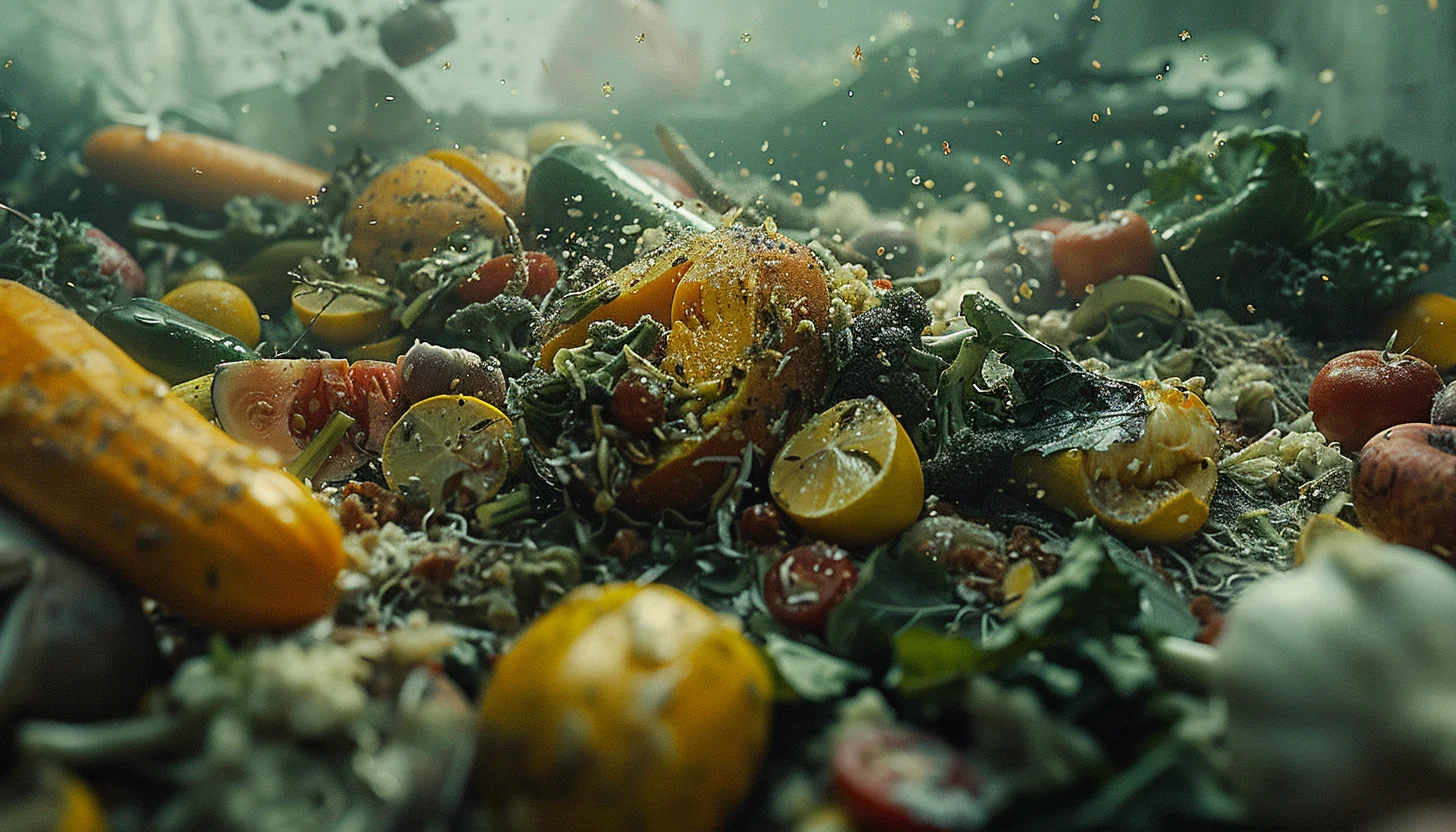Food trends in 2024
Every year, the food industry reinvents itself, adapting to changing consumer needs and preferences.
As we look ahead to 2024, some emerging trends are poised to take center stage and transform the way we experience food. From evocative nostalgia food to innovative "swicy," here are the trends that promise to define the coming year at the table.
Here's what trends we see on the 2024 hospitality scene after spending time at various hospitality trade shows this year.
1. The resurgence of nostalgia food.
While we're always eager to try the new and innovative, there's something special about flavors that take us back to childhood.
Nostalgia food is experiencing a resurgence, with chefs and manufacturers seeking inspiration from the comforting flavors of the past.
Specifically, one product that epitomizes this well is croquettes. A lifelong classic appetizer that reminds us of our grandmothers or mothers making this product on a recurring basis and that we loved so much.
The same goes for potato omelets, cakes or any other product that comes to mind.
These familiar flavors are finding their place at the modern table, and it seems very difficult for this to change because they are exquisite products.

2. Functional nutrition for holistic wellness
In a world where health and wellness are key priorities, functional nutrition is gaining ground. Consumers are looking for foods that not only satisfy their hunger, but also boost their physical and emotional health.
From probiotics to adaptogens, functional foods are on the rise, offering a delicious way to take care of yourself from the inside out.
2.1 What are probiotic foods?
Probiotic foods are foods that contain live microorganisms, mainly beneficial bacteria, which provide health benefits when consumed in adequate amounts.
These beneficial microorganisms, such as certain strains of lactic acid bacteria, have the ability to colonize the gut and improve the balance of the intestinal microbiota, which can have positive effects on digestive health and the immune system.
Probiotic foods can include a variety of fermented products, such as yogurt, kefir, sauerkraut, kimchi, miso and tempeh. These foods are rich in live probiotic bacteria that can help promote diversity and balance of the gut microbiota when consumed regularly as part of a balanced diet.
Potential health benefits of probiotic foods include improving digestion, strengthening the immune system, reducing symptoms of irritable bowel syndrome (IBS), preventing antibiotic-associated diarrhea, and promoting mental health.
It is important to note that the effects of probiotic foods may vary depending on the individual and the specific strain of probiotic bacteria present in the food. In addition, probiotic foods should be consumed regularly in adequate amounts to obtain the desired health benefits.

3. The Plant-Based revolution: what is plant-based food?
More and more people are opting for a plant-based diet, whether for ethical, environmental or health reasons.
Plant-based foods are foods that are derived primarily from plant sources rather than animal products. These foods form the basis of a plant-based diet, which focuses on consuming primarily plant-based foods and limiting or avoiding animal products.
Examples you can find include fruits, vegetables, legumes, whole grains, nuts, seeds and products made from these ingredients, such as tofu, tempeh, almond milk, veggie burgers and dairy-free ice cream, among others.
This trend is driving a wave of innovation in the food world, with delicious and sustainable alternatives to animal-based products. From plant-based croquettes to premium vegan cheeses, plant-based options are hitting the market with a vengeance.
There are 100% plant-based tuna or plant-based salmon tartares that are a great modern and very tasty alternative for diners, as well as attractive for caterers.

4. Regenerative agriculture for a sustainable future
Regenerative agriculture is emerging as a transformative force in the food world. By focusing on farming practices that restore and revitalize the soil, this trend not only promotes environmental sustainability, but also boosts local communities and fosters a connection to where our food comes from.
Regenerative agriculture is a holistic approach to growing food that seeks to restore and improve the health of agricultural ecosystems while promoting resilience and long-term sustainability. Unlike conventional farming methods, which often deplete natural resources and degrade the soil, regenerative agriculture focuses on practices that strengthen and regenerate natural systems.
4.1 Key principles of regenerative agriculture
- Soil health:
Recognise the soil as a fundamental resource and work to improve its health and fertility through practices such as crop rotation, the use of compost and organic fertilisers, and reducing the use of synthetic chemicals.
- Diversity of crops and systems:
Encourage diversity of crops and farming systems to promote greater stability and resilience to diseases, pests and climate change.
- Water conservation and resource management:
Implement water conservation and sustainable natural resource management practices, such as rainwater harvesting, soil erosion management and efficient use of water in agriculture.
- Promotion of biodiversity:
Valuing and protecting biodiversity in agricultural systems, including the conservation of natural habitats and the promotion of plant and animal species diversity.
- Systems integration:
Seek ways to integrate agriculture with other natural systems, such as forests, wetlands and grasslands, to promote synergy and maximise environmental benefits.
Regenerative agriculture focuses not only on food production, but also on promoting ecosystem health, improving soil quality, conserving water and promoting biodiversity.
This holistic approach aims to create more resilient and sustainable agricultural systems that can feed future generations in an equitable and healthy way, while protecting and regenerating the planet's natural resources.

5. Reducing food waste through innovation
Food waste is one of the biggest concerns in today's food industry, but innovative solutions are emerging to address this problem.
From apps that connect consumers with surplus food to preservation techniques and ingredient utilisation, the industry is working hard to reduce waste at all stages of the food chain.
5.1 Ideas for effective solutions to prevent food waste
To tackle food waste, it is crucial to adopt holistic approaches that cover the entire supply chain, from production to final consumption. Here are some effective solutions to prevent food waste:
- Education and awareness:
Educating people about the impact of food waste and promoting awareness on how to reduce it at home, in the food industry and in society at large is critical. This can include awareness campaigns, educational programmes in schools and universities, and online resources on how to store, cook and make the most of food.
- Planning and Management:
At both household and commercial levels, careful planning is essential to avoid over-buying and unnecessary food preparation. This includes making detailed shopping lists, planning weekly meals and monitoring stocks to avoid overbuying..
- Proper storage:
Learning how to store food properly can help prolong its shelf life and reduce waste. This includes using airtight containers, storing produce in cool, dark places, and following the recommended storage guidelines for each type of food.
- Encourage reuse and recycling:
Rather than throwing away food that is not consumed, finding creative ways to reuse and recycle ingredients can help reduce waste. This could involve turning leftovers into new meals, composting food scraps to create compost, or donating unused food to local charities.
- Optimise the supply chain:
In the food industry, it is important to optimise the supply chain to reduce losses and waste at all stages, from agricultural production to retail distribution.
This can include practices such as improved harvesting and storage techniques, efficient inventory management, and collaboration between producers, distributors and retailers to minimise losses.

6. Focusing on local and seasonal food
The trend towards more local and seasonal food is gaining momentum, with a renewed focus on freshness and quality ingredients.
By supporting local farmers and choosing seasonal produce, consumers can enjoy fresher, tastier and more sustainable food, while building the resilience of local farming communities.
By choosing seasonal and local food, consumers can contribute to a more sustainable and resilient food system while enjoying fresh and delicious products that reflect the diversity and richness of their environment.

7. Exploring "Swicy" flavours
Last but not least, the trend towards "swicy" flavours is gaining momentum in the culinary scene.
Swicy is an exciting culinary trend that combines sweet and spicy to create unique and stimulating flavours.
It is a blend of "sweet" and "spicy", hence the name. This combination of flavours seeks to surprise and delight palates, offering a bold and exciting culinary experience.
The key to "swicy" is finding the perfect balance between sweet and spicy flavours, creating dishes that awaken the senses and challenge traditional expectations.
From main courses to desserts, swicy is gaining popularity in the dining scene as a way to add a touch of excitement and adventure to meals.

In short, 2024 promises to be an exciting culinary journey, full of familiar flavours, bold innovations and a renewed focus on sustainability and wellness. With these trends as our guide, we are poised to enjoy a more varied, vibrant and satisfying table in the near future.
